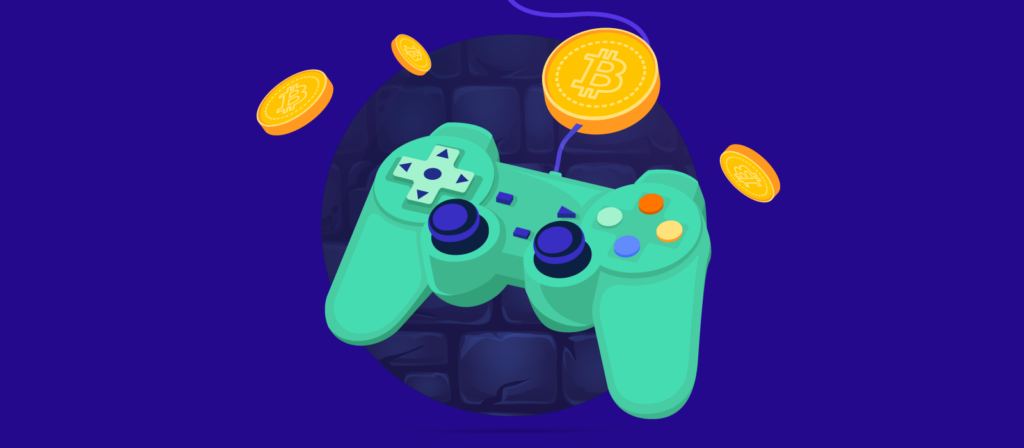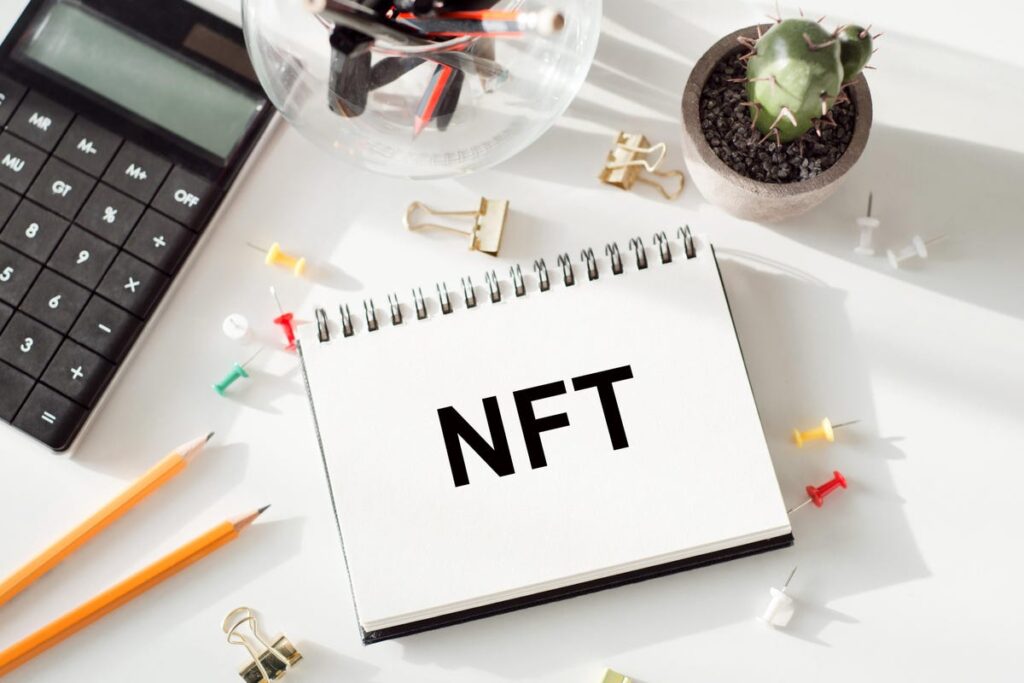It is no surprise that many game producers have adopted non-fungible tokens (or NFTs) to manage and monetize trade of in-game items. They can’t. These NFTs can infuse the quality of scarcity, and allow true ownership of digital assets including these mementos of virtual gaming.
Gaming is not the first to use blockchain. Game developers began using blockchain in 2015 to verify the authenticity tokens (the gold or diamonds for top players) that they had created.
This article will explain how best nft games can improve gamers’ economic lives.
- What are NFTs?
- What are the benefits to gamers?
- Blockchain can help gamers prosper.

NFTs defined
Apart from connecting digital items to game accounts, NFTs can also be related to crypto wallets. They are associated with the wallet addresses of users on a decentralized ledger and are therefore tradable on any marketplaces that support that blockchain.
NFTs allow individuals to keep their virtual items, or to sell them to other players. This preserves the uniqueness of the item. To be clear, NFTs do not sell a duplicate of an item. They only sell the actual item.
The NFT system makes it much easier to pay for digital content (music, artwork, or virtual mementos) via the blockchain.
Related: How NFT Games Change The Video Gaming Industry?
NFTs are a great option for gamers
NFTs allow gamers to trade their virtual collectibles via the peer-to–peer (P2P), which allows them more secure and official transactions. Gamers can make money with the digital collectibles they don’t want.
NFTs still have ownership rights to virtual collectibles even if the items or the games that contain them are removed from the system by game developers. This could lead to the creation of a museum that preserves digital artifacts in NFTs from old games.
These systems allow gamers to create new games using virtual collectibles. The Steam community market, which allows users to create content, has helped average designers earn US$38,000 per year.

Gamers can also make more money than their gaming skills. These gamers can also sell these items to one another through the blockchain to prevent big game production companies (the traditional gatekeepers of the gaming industry) from taking a large chunk of their earnings and stashing it in the coffers of conglomerates.
Blockchain also allows for multiverses of game universes. This allows different game currencies and items can be traded among each other. This allows for greater market diversity and allows gamers with different interests to trade their creations.
How can Blockchain technology improve the overall welfare of gamers?
As we mentioned, professional gamers can also make a living selling collectibles. However, it is not impossible to become a professional gamer. We know that the current centralized gaming revenue-generating mechanism is not as elitist as other sectors.
The blockchain-powered P2P network promises to make it easier for people to join the club. This is fantastic news. According to the Pew Institute’s 2015 study, 72 percent of teens played video games.
They had remarkable skills and talents because of the hours, days, and even years that they spent honing them. They can find people with whom to trade and play for money, which is a great advantage.
This could also be a solution to our global problem with youth unemployment. In 2017, there were 71 million people aged 15-24 who were unemployed, many of whom are facing long-term unemployment. These numbers are close to the historic high of 13 percent. There will also be many talented gamers. They can earn a living doing what they love most by making money through the NFT if they are able to make it a profitable business.